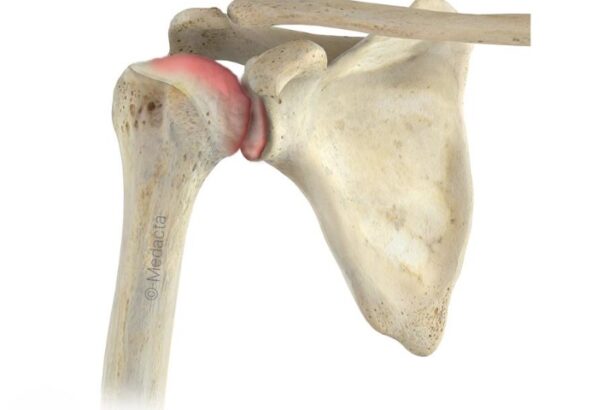
Tennis elbow, also known as lateral epicondylitis, is a condition that causes pain and tenderness on the outer part of the elbow. Despite its name, tennis elbow is not limited to tennis players and can occur in anyone who repeatedly uses their wrist and arm, especially with forceful gripping and twisting motions. The pain of tennis elbow is usually located on the bony bump on the outer side of the elbow and can radiate down the forearm. It may worsen with gripping, twisting, or lifting objects, and can even make simple tasks like turning a doorknob or opening a jar difficult. In some cases, there may also be weakness in the forearm or difficulty extending the wrist.
Causes of tennis elbow
Tennis elbow is caused by damage to the tendons that attach to the lateral epicondyle, the bony bump on the outer part of the elbow. Overuse of the forearm, hand, and other arm muscles, causing injury to the tendons on the outside area of the elbow.
Symptoms of tennis elbow
Symptoms include pain on the outside of the elbow that may also be present in the forearm and wrist, which worsens with activity (such as shaking hands, lifting objects, and opening jars).
Although this pain is common in tennis players, anyone who performs repetitive arm and wrist motions may develop tennis elbow, or tendinopathy.
Like tennis elbow, golfer’s elbow (or medial epicondylitis) is caused by overusing the forearm muscles through repetitive gripping, swinging (such as in golf), or flexing, which causes damage to the tendons (tendonitis) near the elbow. Pain from golfer’s elbow generally occurs on the inside of the elbow and down into the forearm.
Diagnosing tennis elbow
Tennis elbow is usually diagnosed based on a physical examination and a discussion of your symptoms and medical history. Dr Singh may ask about your daily activities, sports participation, and work environment to determine if repetitive motions or overuse may be contributing to the condition.
During the physical exam, Dr Singh may apply pressure to the affected area and ask the patient to move their wrist, elbow, and fingers in different ways to assess range of motion and any pain or tenderness. Imaging tests such as X-rays, ultrasound, or MRI may be ordered to rule out other conditions or injuries.
One common tests used to diagnose tennis elbow is called the “Cozen’s test.” During this test, Dr Singh will ask you to make a fist and extend your arm while he applies resistance to the wrist. If this movement causes pain in the outer elbow, it may indicate tennis elbow.
Treatment of tennis elbow
Treatment for tennis elbow typically involves rest, ice, anti-inflammatory medications, and physical therapy exercises to help stretch and strengthen the affected muscles and tendons. In more severe cases, corticosteroid injections or surgery may be necessary to relieve symptoms. Surgery may involve removing damaged tissue, repairing or reattaching torn tendons, or removing bone spurs that may be contributing to the condition.
Prevention strategies include warming up and stretching before physical activity, using proper technique and equipment, and avoiding overuse or repetitive motions. These options can all be discussed in consultation with Dr Singh.
 Christmas Operating Hours
Christmas Operating Hours 



















